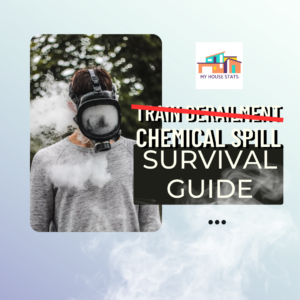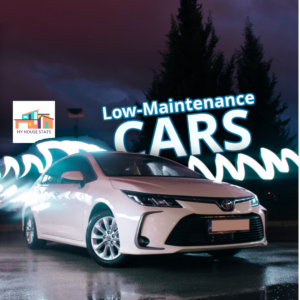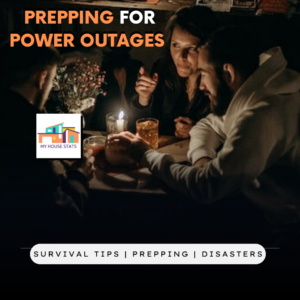What is Gardening?
Gardening is the vital act of using land, structure, or a container to grow plants. The earth on growing plants such as vegetables, flowers, and herbs. Some people do it for fun and for stress relief, but come on. We all need to eat.
Feel free to share other plants that grow plants in case there are others!
How Do I Start Gardening?

It’s pretty easy. Don’t make your gardening starter pack get caught lacking. Make sure you have the following items:
- Sunlight
- Water
- Soil & nutrients
- Good temperature
- The right growing season
- A strong plant location
Best part is that there’s different needs for different plants.
Sun
Just like people, plants exploit stuff too. Plants snatch energy from the sun like the delicate, little savages that they are. They’ don’t stop there. They then use photosynthesis to turn that energy into their tissues.
Water
People binge on Netflix. Plants binge way harder on water. They go hard in the dirt when it comes to hydration. Take a timeout during a show or movie and make sure your plants get their regular serving of water. In addition, have your water sources close to your garden. There are many ways to get water to your plants, so explore which one is best for you.
Nutrients

Plants need boatloads of nutrients. This comes from fertile soil that the plants feast on while they grow and maximize their gains. You can add them manually or you can cycle them based on the plants you’re growing.
The main nutrients that plants need fall under a mean acronym: NPK. Nitrogen, phosphorus, and potassium.
Nitrogen does the same thing as protein does in animals. It lets plants have good stalk growth. Careful, because giving a plant too much limits their immunity and ability to fruit.
If a plant digests some phosphorus, that plant gets to beef its root systems up, make more seeds, fight disease like a champ, and keep pests away. But wait, there’s more. It makes for better flowers and blooming, strengthens tissues, and makes edibles and veggies tasty.
Potassium is another nutrient that helps plants make more seeds and help their roots. Choose this nutrient if your plant wants to hang out in some insane temperatures. If your plant catches too much of it, it stops getting other minerals, mainly magnesium and calcium.
There are other nutrients, but you can’t miss by starting with these three.
Fertile Soil
Most plants need an acidity or pH level of 6.1 and 7.0. A pH of 5.1 to 6.0 will make those leafy plants be happy. The ones that don’t can use lime stone to help with the acidity.
If it’s too alkaline, then the plants get caught slipping because they have less vital minerals, like phosphorus, manganese, and iron. Bring the acid to your plants using sulfur and iron.
Don’t forget to test for lead if you live in the city. No lead poisoning allowed while growing gardens.
Climate
This is less important in terms of growing veg. Learn the plant hardiness zones. They’re based on the coldest winter temperatures, which finds which plants go ham in specific locations. Perennial plants, such as trees, shrubs, and flowers, live for many years and thrive in the coldest winter temperatures.
Growing season
Growing season is summed up by how long within a year the temperature stays above freezing during day and night.
Location
The best location is one that maxes out all of the gardening starter pack requirements: light, water, nutrients, and good soil. Gardening can be done outdoors or indoors. Growing these suckers indoors makes the air quality inside fresh. Community gardens are great if you’re looking for friends or don’t have enough space to grow plants yourself.
There’s different options for growing your garden, such as in the soil, in a raised bed, or in a container.
The cheapest, easiest way is through the soil.
Raised bed costs more because you’re growing plants in a gigantic wood box that’s suspended off of the ground. The upside is that it’s productive.
Containers are flexible. Grab one if you don’t have much space or are new to gardening. Keep your head on a swivel when it comes to watering these since they dry faster than garden beds.
Summary
Have you grown plants before? If so, what’s the coolest plant you’ve grown?
Leave a comment below to share your answers.


